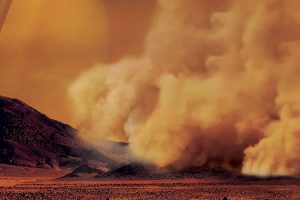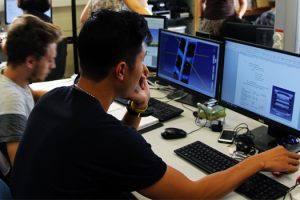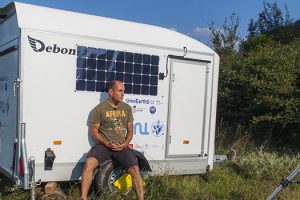Dust storms on Titan spotted by Cassini for the first time

Data from the international Cassini spacecraft that explored Saturn and its moons between 2004 and 2017 has revealed what appear to be giant dust storms in equatorial regions of Titan. The discovery, described in a paper published in Nature Geoscience today, makes Titan the third body in the Solar System where dust storms have been observed – the other two […]
» Read more



